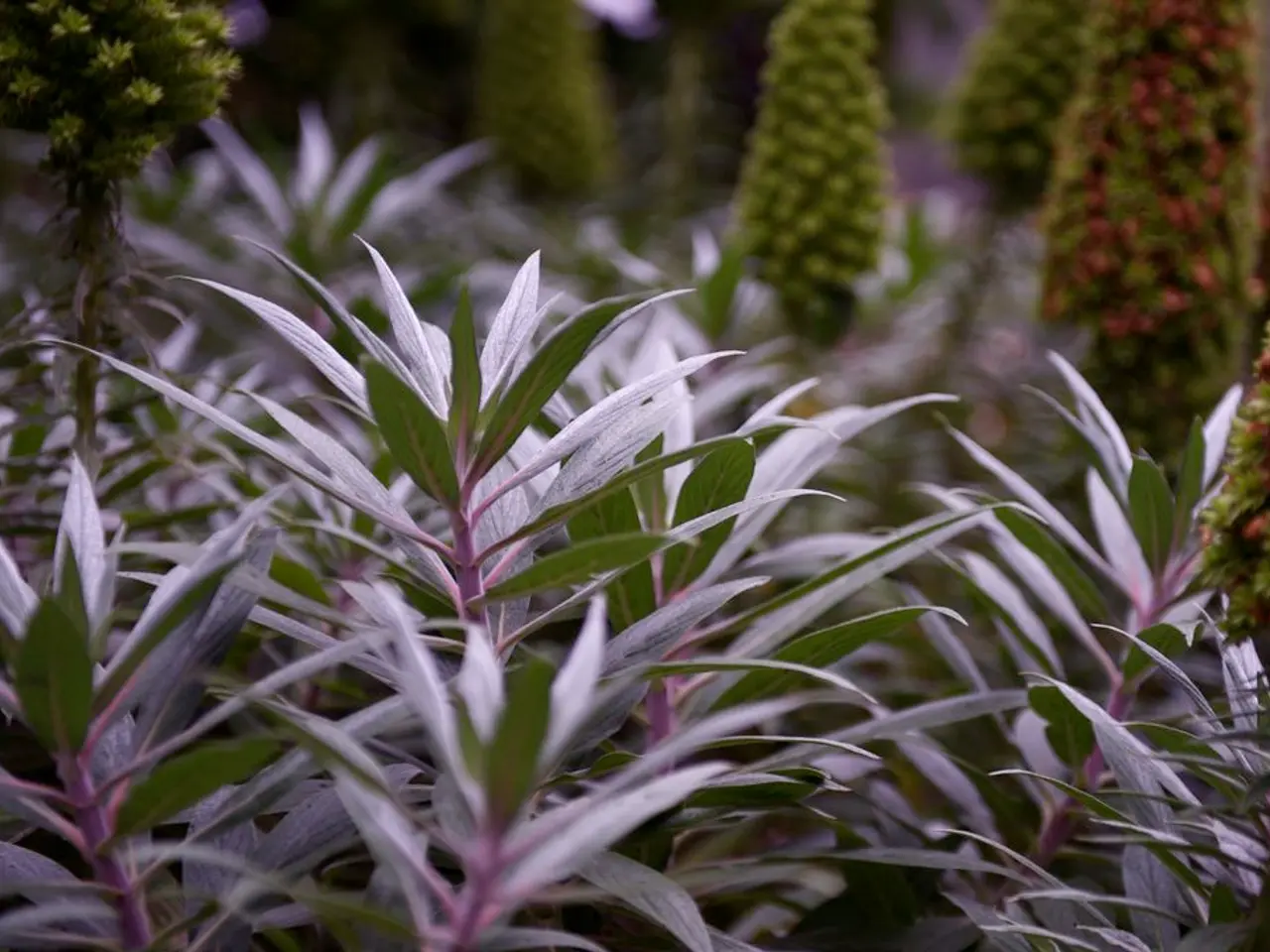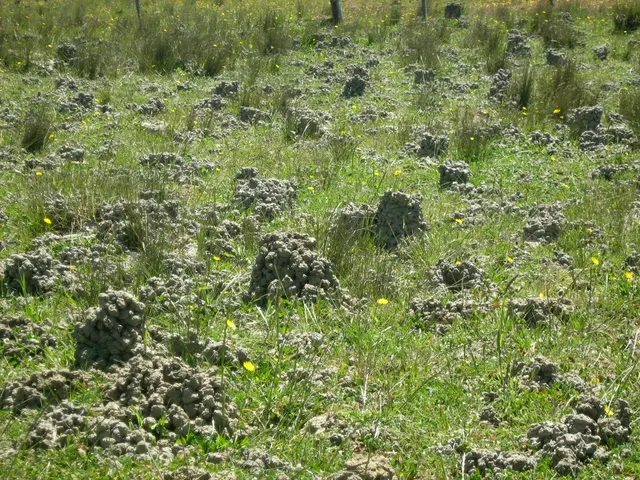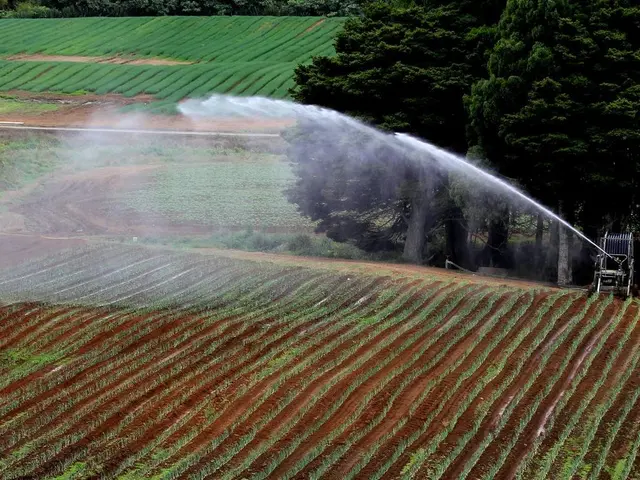Guide to Securing Potted Plants During Winter Cold
As the cold weather approaches, it's essential to take extra care of your potted plants to ensure they survive the harsh winter conditions. Here are some tips to help you protect your plants and keep them thriving.
Firstly, consider moving your pots to a sheltered location out of the wind. This can provide an additional layer of protection against the cold and desiccating winds. If possible, group your pots together for even more protection.
To further shield your plants, you can add a covering on top of the wrapped potted plant. This can be achieved using roofing paper or plastic, secured in place. Alternatively, you can cover your plants with sheets or blankets during cold spells.
When spring arrives, it's important to peel off the layers of covers over several days, but the final wrap should not be removed until the threat of frost has passed.
There are various supplies you can use for wrapping plants for winter. Burlap, stakes, chicken wire, and zip ties are all examples of materials that can be useful. You can also insulate your pots by wrapping them in burlap or bubble wrap from the top of the plant to the base of the container.
If the climate includes many sustained nights below freezing plus snow and ice, it may be necessary to move your pots inside a non-freezing structure. Woody evergreens need light, but other plants will do OK without it when moved indoors for winter.
For added protection, small pots can be placed inside the circle of larger pots. If one or two pots need protection, they can be planted in the ground for winter.
When moving pots to the ground for winter, mulch should be spread several inches across the top and around the edges of the pots. This helps to insulate the roots and protect them from frost damage. Containers can also be covered with 6 to 15 cm (6 to 12 inches) of straw, shredded leaves, compost, bark mulch, evergreen boughs, or a thermal blanket.
If straw bales are available, they can be placed around the outside of the circle for added insulation. Clay, ceramic, or glazed pottery pots should be bubble-wrapped with several layers and secured for outdoor storage in winter.
Lastly, it's important to check the soil for moisture and water your container plants about once a month during winter, taking care not to let them completely dry out or become overwatered. Plants in containers need extra winter protection to survive freezing temperatures, so it's essential to wrap them appropriately. Plants kept in containers should be rated two hardiness zones lower than normal for overwintering.
By following these tips, you can help your potted plants survive the winter and be ready to bloom again in the spring.
Read also:
- Peptide YY (PYY): Exploring its Role in Appetite Suppression, Intestinal Health, and Cognitive Links
- Toddler Health: Rotavirus Signs, Origins, and Potential Complications
- Digestive issues and heart discomfort: Root causes and associated health conditions
- House Infernos: Deadly Hazards Surpassing the Flames








